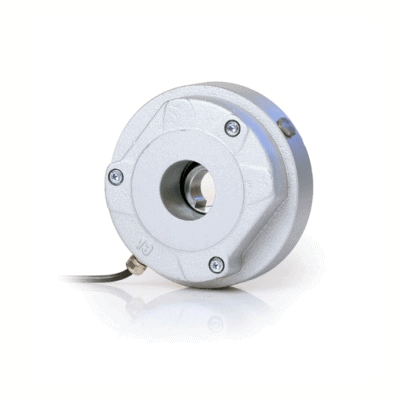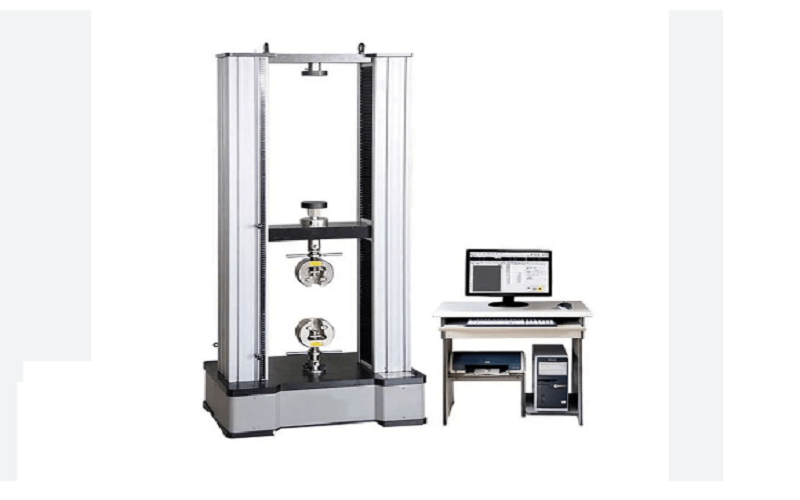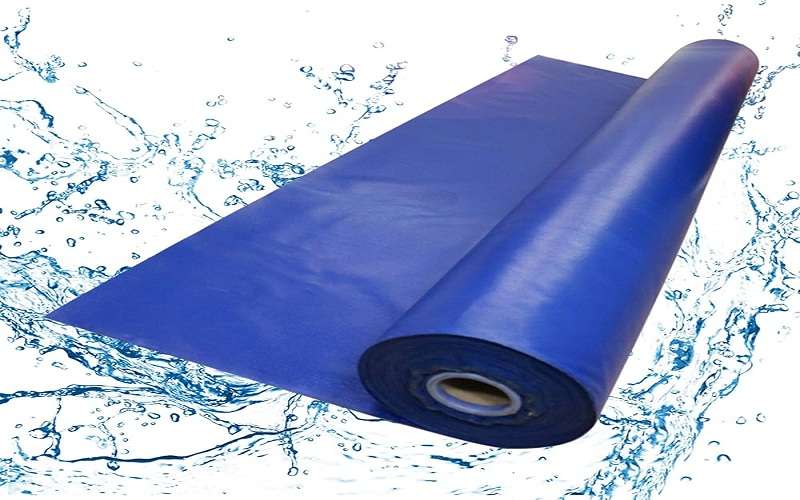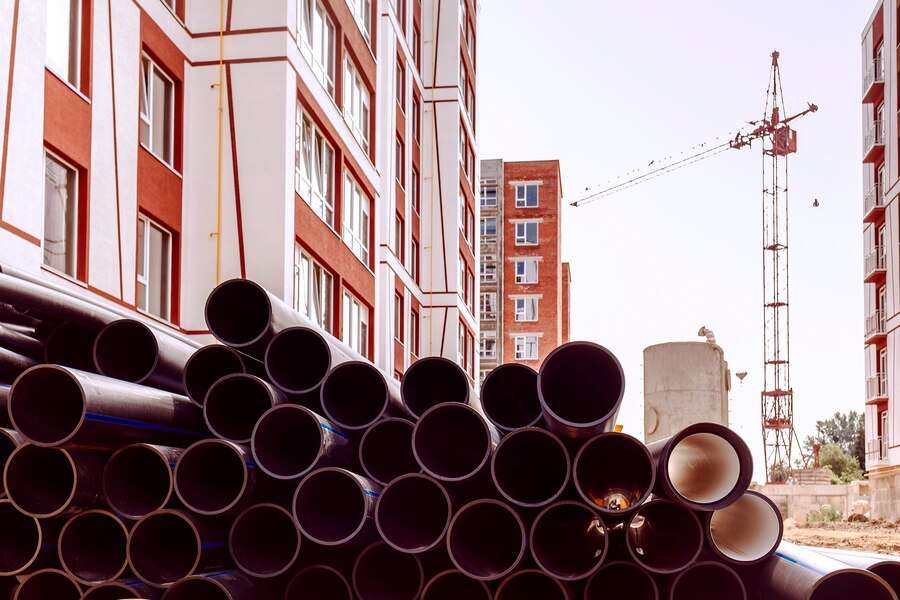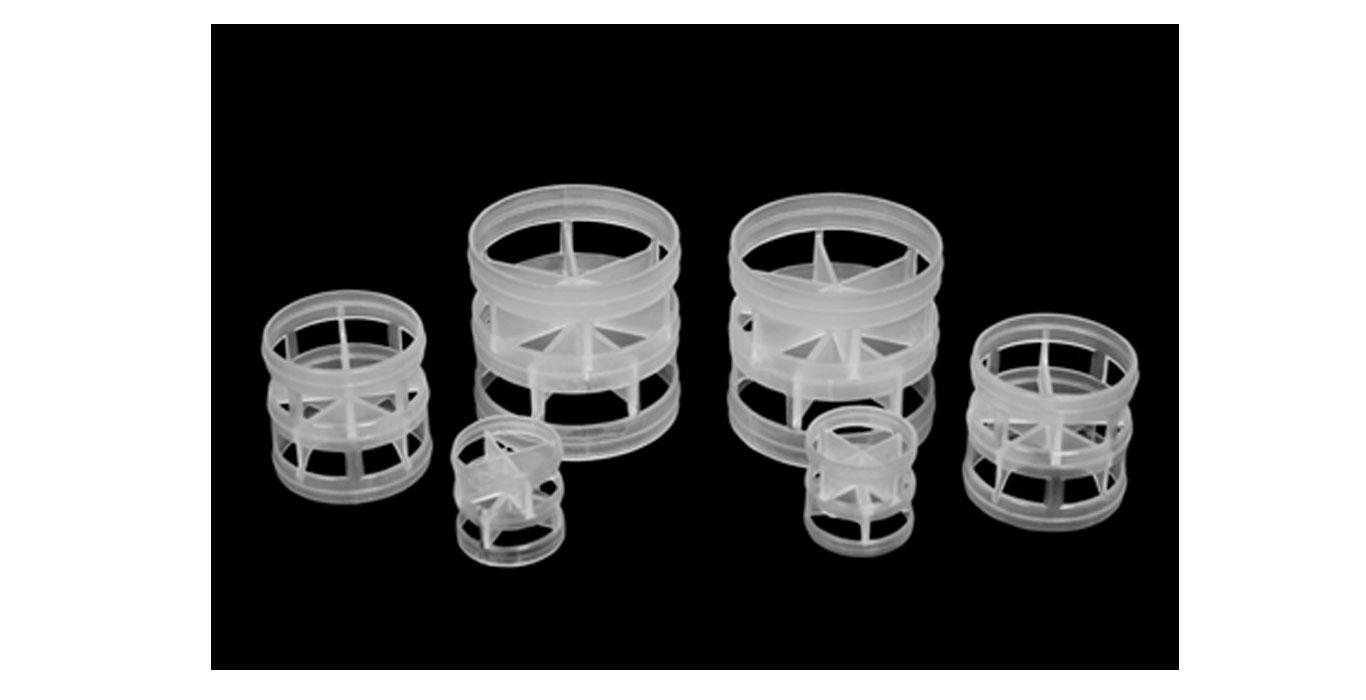Cranes are important machines used in various jobs, such as construction, manufacturing and shipping. They are used to lift and carry heavy loads, making them an important part of the supply chain. To ensure safe and efficient crane operation, it is important to have a proper braking system.
The main part of the crane braking system is the crane brake liner. In this article, we will examine what crane brake linings are, why they are used, the types of brake linings available, and the various benefits.
WHAT IS A CRANE BRAKE LINER
Brake Liner is a friction material used to provide stopping power to the crane’s braking system. The brake line is attached to the brake shoe and is pressed against the rotating drum or disc to slow or stop the crane. It is an important part of the crane braking system, as it ensures the safety and reliability of the machine. Without brake lining, the brake system will not be able to function properly, which can lead to safety problems and the machine’s downtime.
BRAKE LINER DESIGN
Brake lining materials are attached to metal or ceramic supports, such as brake shoe, using heat-resistant gaskets, heat-resistant rivets, or high-tech adhesives. The brake lining material has a high rate of friction as kinetic energy which is required in the braking process is converted into thermal energy. Therefore, in addition to being solid or textured (complex), the materials used in the production must be strong and resistant to high temperature and pressure.
Variety of non-metallic and semi-metallic materials can be used by manufacturers to create
create brake linings. Although they often use standardized materials, manufacturers can
combine materials of different compositions and thicknesses.
Due to the health risks of asbestos exposure, such as the development of lung cancer, other lung diseases, or mesothelioma, the friction materials are no longer made of asbestos fibers. Some linings are made with hard brake material, but this makes sense if the accompanying clutch plate or drum is also strong and of good quality. If not, wear and tear can happen very quickly. Sometimes it’s better to use a soft and light brake pad.
Regardless of the specification of the lining that produces it, friction is important for all braking systems since it is the system that allows the machine to slow down properly. Therefore, you need to pay attention to a few different things to make the brake system connected to the brake line, whether it is a lift, tractor, car, or machine or vehicle
THINGS TO BE KEPT IN MIND WHILE CHOOSING A BRAKE LINING
To be able to maintain this coefficient of friction in a wide range of thermal values, the brake lining must have values with a high coefficient of friction. The amount of friction decreases as the heat value of the brake increases. Brake linings must be resistant to high heat and abrasion. The brake lining should not get damaged and it should wear slowly and should have a long service life.
- The brake lining must be silent while rubbing (because these sounds are causing discomfort).
- The brake machine should not lose it braking qualities due to extreme heat.
- Foreign material resistance is required for brake lining.
- When it is rubbed, the brake line should not make noise.
- The brake lining must have coefficient values with a high friction
- The brake cover must be protected against foreign substances, including water, dirt and dust.
TYPES OF BRAKE LINERS
There are many types of brake linings on the market, each with its own unique features and benefits. The most common types of brakes used in cranes are organic brake linings, semi-metallic brake linings and ceramic brake liners.
1.ORGANIC BRAKE LINERS
Organic brake liners are a type of friction material used in brake systems that provide stopping power. They are made from natural materials such as rubber, resin and Kevlar fiber. Organic brake
Lines are widely used in a variety of applications including automative, industrial and marine equipment.
One of the main advantages of organic brake linings is their affordability. They are cheaper than other types of brake linings, such as ceramic and semi-metallic brakes. Where cost is a key factor this type of brake liner can be used.
The organic brake liners also provide excellent stopping power. They are known for their ability to create a high amount of friction, which allows them to slow down or stop the machine. This makes it an excellent choice for use in applications where stopping power is important, such as in heavy machinery, trucks and buses.
In addition to providing excellent stopping power, organic brake linings are also known for their quiet operation. They produce little noise during operation, making them ideal for use in applications where noise is an issue. This is especially important in urban areas or in spaces where noise pollution can be a problem.
Another advantage of organic brake pads is their low dust output. They produce less dust when working, which helps to keep the surrounding area clean. This is especially important in applications such as indoor industrial machinery, where dust can be a safety hazard and a source of contamination.
Organic brake liners are also known for their excellent performance in cold weather conditions. They are less affected by temperature changes than other types of brake linings, making them a good choice for use in applications where temperature changes are common.
Finally, organic brake linings are easy to install and maintain. They are a replacement for worn or damaged brake linings and require no special tools or skills to install. Maintenance is also relatively simple and involves regular inspections to ensure the brake linings are in good condition and working properly.
In conclusion, organic brake linings are an excellent choice for applications where cost, stopping power, noise, dust generation and cold weather performance are important considerations. They provide a reliable and effective solution that is easy to install and maintain, making them a popular choice in various industries. However, it is important to note that organic brake linings may not be suitable for high temperature applications, as they may degrade at high temperatures. Choosing the right type of brake lining based on the required application is important to ensure optimum performance and safety.
2.SEMI METALLIC BRAKE LINERS
Semi-metallic brake liners are the most commonly used in automotive and industrial braking systems. They are made from a combination of metal fibers, such as steel or copper, and other materials such as graphite, ceramic or Kevlar fiber. Semi metallic brake linings offer many advantages over other types of brake linings, including organic and ceramic.
One of the main advantages of semi-metallic brake linings is their durability. The metal coating of the brake linings makes them resistant to wear & tear, making them a good choice for heavy duty applications. They are able to withstand high temperatures, pressures and friction without damage or deterioration. This makes it a best option for use in industrial machinery, trucks, buses and other heavy vehicles.
Semi-metallic brakes also provide excellent stopping power. The metallic fibers in the brake lining help create a greater amount of friction, allowing them to slow down or stop the moving machine. This makes it a good choice for use in applications where stopping power is important, such as emergency vehicles, racing cars and other high-performance vehicles.
Another advantage of semi-metallic brake linings is their ability to dissipate heat. The metallic fibers in brake linings help dissipate heat quickly, which helps prevent overheating of the brakes. This is especially important in applications such as racing or heavy braking, where consistent braking performance and reliability are important.
Semi-metallic brake liners also provide excellent noise reduction. They produce less noise
than all-metal brake linings, making them a popular choice for use in urban areas or
spaces where noise pollution can be a major concern.
Finally, semi-metallic brake liners are easy to install and maintain. They are a replacement for worn or damaged brake linings and does not require any special tools or installation skills . Maintenance is also simple and includes regular inspections to ensure that the brake lines are in good condition and working properly.
Finally, semi-metallic brake linings are an excellent choice for applications where durability, strength, heat dissipation and noise reduction are important. They are a reliable and effective solution that is easy to install and maintain, making them a popular choice in the automotive and industrial sectors. However, it is important to note that semi metallic brake linings can be more expensive than organic brake linings and may not be suitable for use in high temperature applications. Hence choosing the right type of brake lining is essential for best performance and safety.
3.CERAMIC BRAKE LINERS
Ceramic brakes are used in high-performance automotive & industrial applications. They are made from a combination of ceramic fibers and resins, which are attached to a metal support plate. Ceramic brake linings offer many advantages over other types of brake
Linings, including organic and semi-metallic materials
One of the main advantages of ceramic brake linings is their ability to withstand high temperatures. They are able dissipate heat quickly, which helps to prevent brake fade and maintain consistent stopping power even in extreme conditions. This makes it an excellent choice for use in high-performance vehicles such as sports cars and racing cars, as well as in industrial applications where heavy machinery is exposed to heat and high pressure.
Ceramic brake linings also provide excellent stopping power. Ceramic fibers in brake linings create a high coefficient of friction, allowing them to effectively slow or stop moving machinery. This makes it a good choice for use in applications where braking power is critical, such as emergency vehicles and aircraft.
Another advantage of ceramic brake linings is their durability. As they are resistant to wear and tear it makes them an ideal choice for heavy-duty applications. They are able to withstand high levels of heat, pressure and friction without degrading or breaking. This makes it an excellent choice for use in industrial machinery, trucks, buses and other heavy vehicles.
Ceramic brakes also provide excellent noise reduction. They produce less noise than metallic brake linings, making them a popular choice for use in rural areas or confined spaces where noise pollution can be a problem. In addition, ceramic linings produce less dust than other types of brake linings, making them a cleaner choice for use in automotive and industrial applications.
Finally, ceramic brake linings are easy to install and maintain. They are a replacement for worn or damaged brake linings and does not require special tools or skills for installing it. Maintenance is also simple and includes regular inspections to ensure that the brake liners are
in good condition and working properly
Finally, ceramic brake linings are an excellent choice for high temperature applications where strength, durability, noise reduction and cleanliness are important. They are a reliable and effective solution that is easy to install and maintain, making them a popular choice in the automotive and industrial sectors. However, it is important to note that ceramic coatings can be more expensive than other types of brake linings and may not be suitable for use in low temperature applications. Choosing the right type of brake lining based on the required application is important.
CONCLUSION
Finally, the crane brake liner is an important part of the crane’s braking system. It provides
the stopping power necessary to stop the crane, ensuring machine safety and reliability
There are many types of brake liners available, each with its own unique features and benefits. It is important to choose the right type of brake lining.






